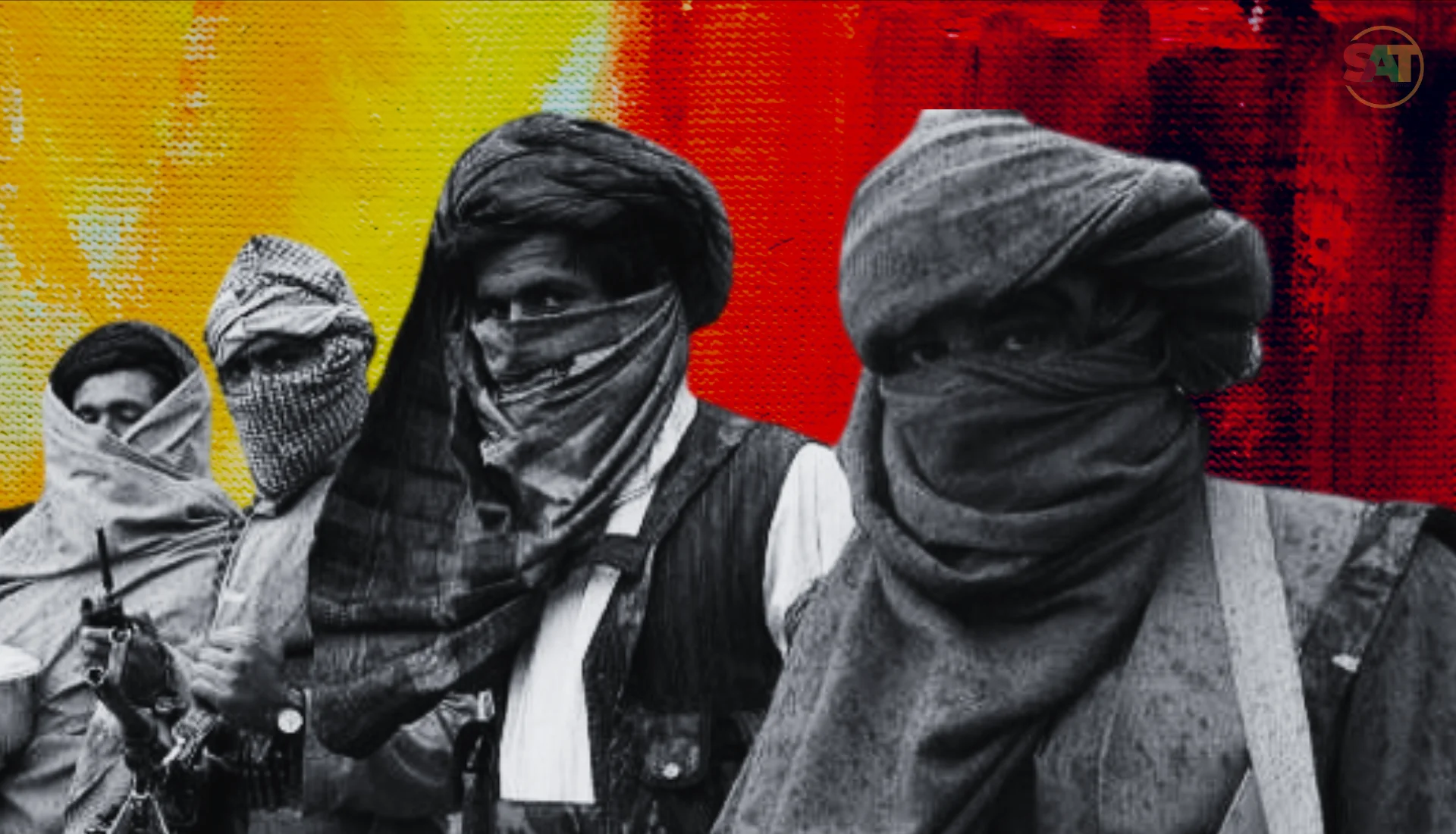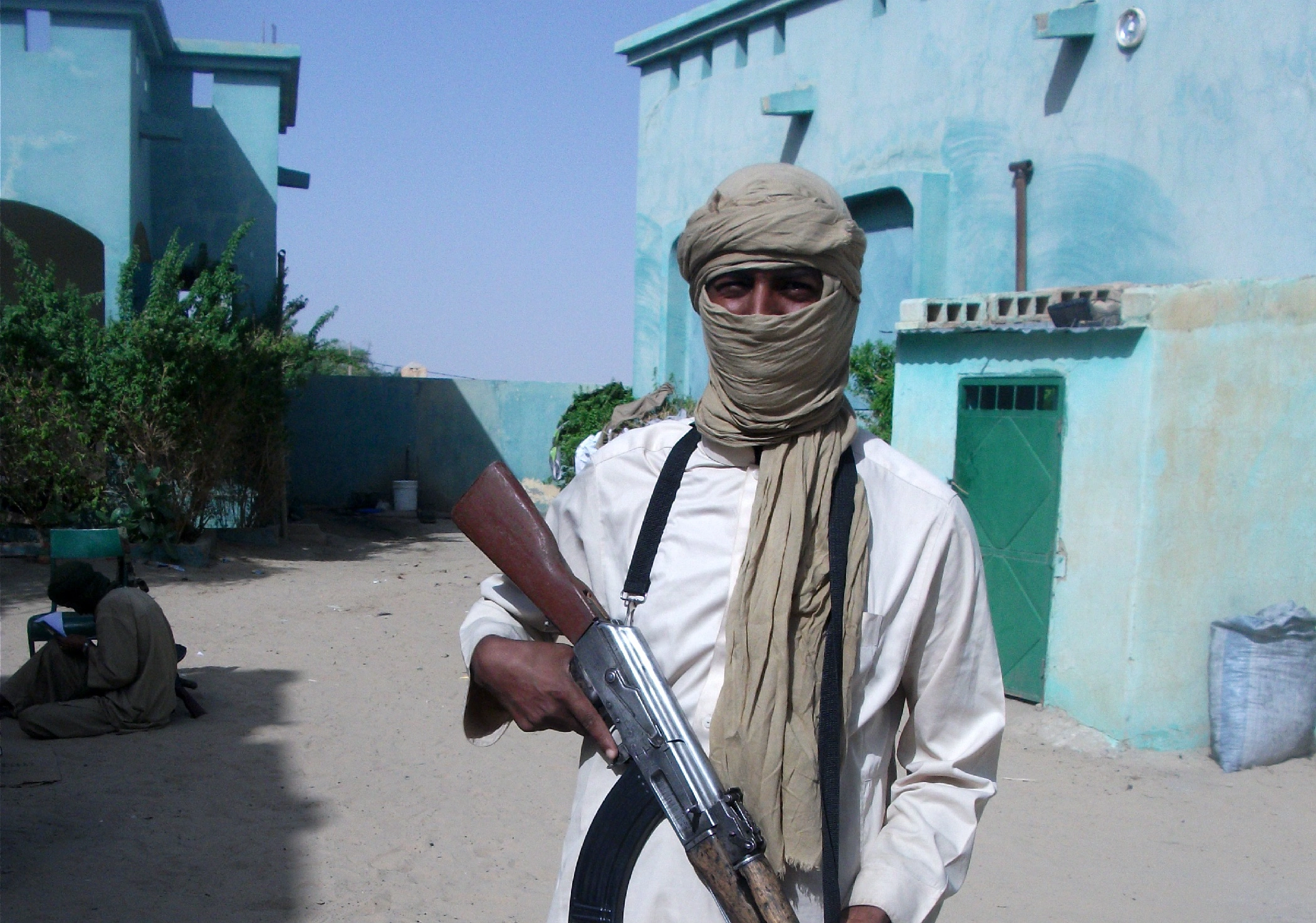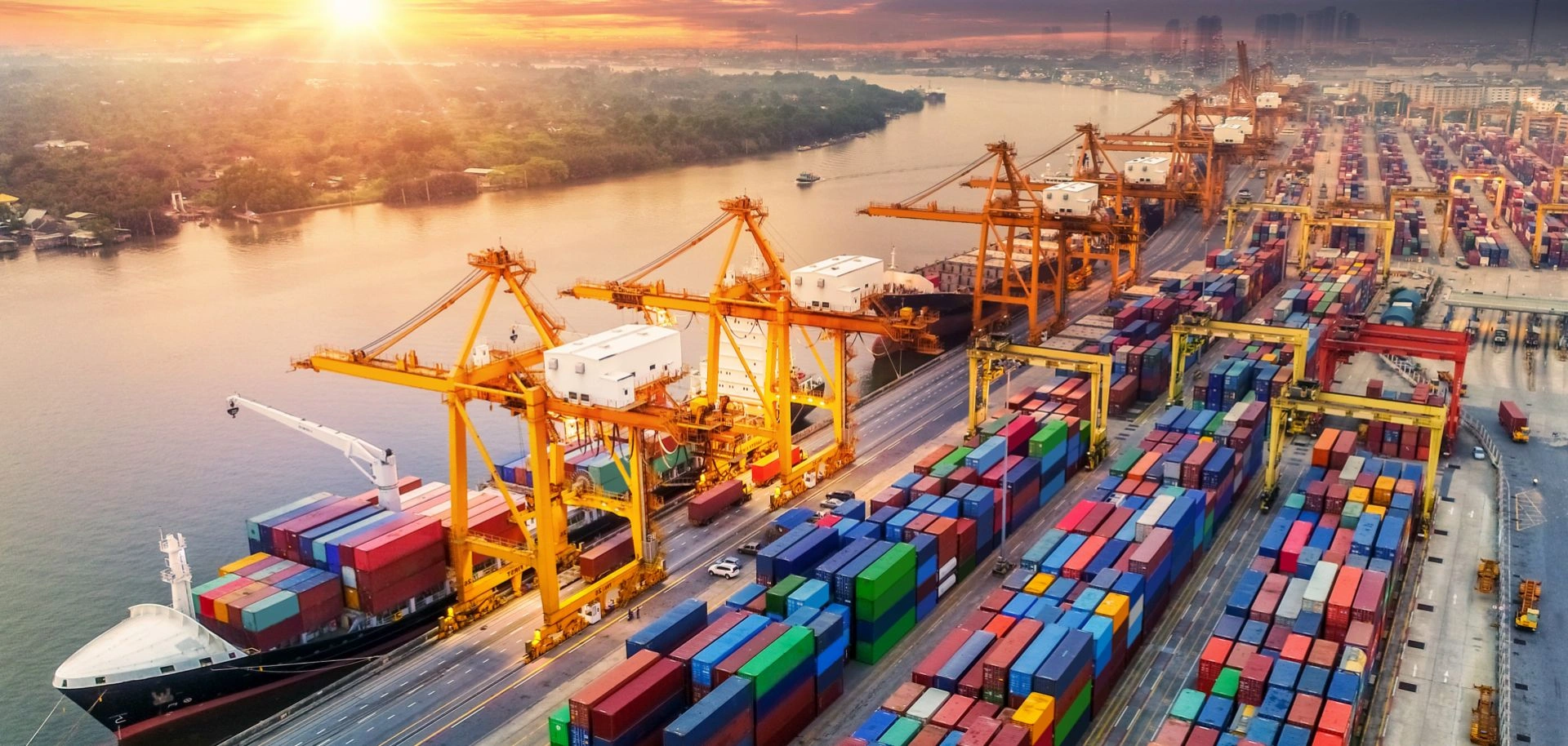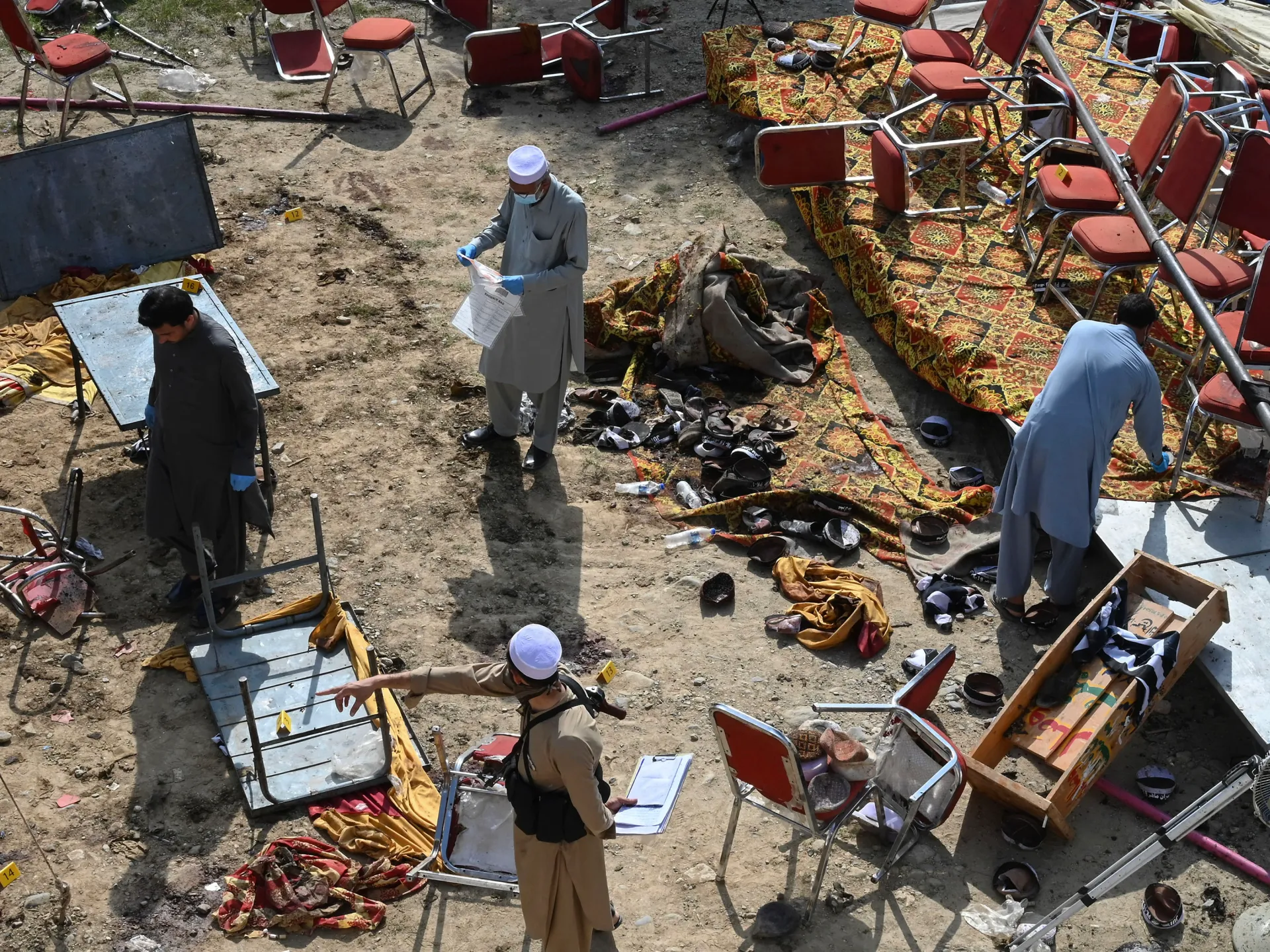It’s not paranoia if they’re really after you. On January 5, the Tehrik-i-Taliban Pakistan (TTP) issued what can only be described as a two-pronged declaration of war—not just against Pakistan’s security apparatus but also its economic backbone. This brazen escalation exposes a sinister alignment of agendas between terrorist groups and political narratives, with profound implications for Pakistan’s stability.
In a chilling “final warning,” the TTP targeted the Pakistan Muslim League-Nawaz (PML-N), vowing to retaliate against its leaders for using terms like “Fitna-al-Khawarij,” a label reserved for TTP by Pakistan and its military. But this isn’t just an isolated menace. It’s a calculated piece of a broader puzzle involving Afghanistan, India, and a web of transnational terrorist networks.
Decoding the TTP’s Strategy: Echoes of a Larger Conspiracy
The TTP’s decision to target businesses such as Askari Bank, Fauji Fertilizers, and DHA is not just an attack on military-linked entities; it’s an assault on Pakistan’s economic stability. These attacks are part of a psychological warfare campaign, designed to cripple investor confidence and disrupt national cohesion. While the tactic of targeting military-affiliated economic interests is far from novel, the intensity and scale of this recent directive mark a concerning escalation. Over the years, militants have consistently aimed at choking the economic lifeblood of Pakistan’s military, from orchestrating attacks on military convoys to bombing military-run industrial complexes. But this latest threat goes a step further, explicitly naming and escalating the targeting of high-profile military businesses.
The wider strategic goal remains clear: by disrupting military-linked businesses, the TTP seeks to undermine Pakistan’s military-economic nexus, destabilize its internal security apparatus, and ignite broader civil unrest. The alignment of TTP’s economic targets with calls from alleged PTI supporters—particularly overseas—to boycott military-linked enterprises has sparked suspicion about overlapping agendas. The PTI’s November 2024 protest in Islamabad and its vocal international support for a military boycott mirror the TTP’s rhetoric. Although PTI leadership has distanced itself from these campaigns, their reluctance to unequivocally denounce them has left room for suspicion.
Historical Context: The Military-Economic Nexus
This convergence of anti-military economic rhetoric is not new. Calls to scrutinize Pakistan’s military-linked businesses date back to the Lawyers’ Movement of 2007-2010 and gained significant traction with Ayesha Siddiqa’s groundbreaking book Military Inc. These efforts have echoed through movements like the Pashtun Tahafuz Movement (PTM), Baloch Liberation Army (BLA), and even the Muttahida Qaumi Movement (MQM). While the PTI may not have originally envisioned itself in alliance with militant groups, the consistency with which these diverse actors have criticized military economic interests suggests a broader, long-standing undercurrent of opposition.
Terrorism’s Evolving Ecosystem: TTP, Afghan Taliban, and Al-Qaeda Links
The TTP’s synergy with the Afghan Taliban and remnants of Al-Qaeda underscores a troubling evolution in terrorist networks. Far from discrete entities, these groups operate in overlapping spheres, sharing training camps, ideological leanings, and financial pipelines. Despite the Afghan Taliban’s promises to distance itself from international terrorism, the symbiotic relationship with the TTP exposes a glaring contradiction.
Reports of the Taliban demanding PKR 10 billion from Islamabad to relocate TTP fighters suggest a dangerous complicity. While the Afghan Taliban courts Chinese investment, its tacit support for groups targeting Chinese interests, such as TTP and BLA, raises serious doubts about its sincerity.
Pakistan has long been raising concerns over Afghanistan providing safe havens for TTP operatives. A United Nations Security Council report also estimated 6,000 TTP fighters entrenched in Afghanistan under Taliban rule, an unsettling reality for a regime seeking international legitimacy.
The Broader Geopolitical Calculus
While Pakistan remains in the crosshairs, the evolving order of terrorist groups has caught the attention of major powers. The international community’s patience is thinning.
The U.S., Russia, and China, despite their competing interests, apparantly share a rare convergence: the neutralization of terrorist safe havens in Afghanistan.
Both the U.S. and Russia recognize that unchecked militant activity in Afghanistan threatens regional and global security. Washington’s nuanced counterterrorism alliance with Islamabad reflects a shared understanding of the stakes. In parallel, the recent busting of an ISKP cell in Russia highlights the global dimensions of this threat. Moscow’s subsequent decision to lift its temporary suspension of the ban on Afghan Taliban appears to be a calculated step toward leveraging the Taliban to neutralize these threats.
Similarly, China’s stake in ensuring stability along its Belt and Road corridors underscores the urgency of dismantling terrorist networks operating from Afghan soil.
China’s growing frustration is equally palpable. Attacks on its nationals and investments in Afghanistan have exposed the Afghan Taliban’s failure to act decisively. Beijing will not indefinitely bankroll a regime that allows its adversaries to thrive. The Afghan Taliban’s tightrope act—balancing internal alliances with external demands—cannot hold much longer.
Yet, the Afghan Taliban’s duplicity—harboring entities like the TTP while demanding legitimacy on the global stage—remains a sticking point.
The Threat Matrix
Pakistan must approach this crisis with clarity and resolve. The TTP’s threats are not just an attack on the state but on its people, economy, and future.
Moreover, Pakistan’s predicament is magnified by India’s subversive exploitation of its neighbors, notably Afghanistan and Iran, as staging grounds for cross-border terrorism. The TTP’s newfound audacity doesn’t exist in a vacuum. It aligns disturbingly with the narrative spun by India-backed elements, amplifying attacks through proxies like the TTP and the Balochistan Liberation Army (BLA).
This is no coincidence. India’s sustained investment in weaponizing regional grievances has allowed groups like the TTP to become pawns in a broader strategy to destabilize Pakistan. Iran’s erratic engagement with extremist groups and Afghanistan’s ambivalence in reigning in terrorist networks further thickens the plot.
Military retaliation against cross-border sanctuaries, as hinted by Rana Sanaullah, is a legitimate recourse. Yet, Pakistan must also outmaneuver its adversaries diplomatically, exposing the Afghan Taliban’s duplicity to the world and isolating India’s role in enabling transnational terrorism.
Simultaneously, developing stronger counterterrorism collaborations with China, Russia, and the U.S. is imperative. This coalition of shared interests can corner the Afghan Taliban into fulfilling its commitments or facing collective consequences.
The Trump Factor: Shaping the Future of Pak-US Relations
The political landscape surrounding Pakistan’s alliance with the United States is also on the cusp of change. With the potential return of Donald Trump to the White House in January 2025, expectations are rising about the future trajectory of the U.S.-Pakistan relationship. Trump’s administration, despite its turbulent history with Pakistan, was the one that initiated the Doha Peace Process in 2020, a pivotal step toward bringing the Afghan conflict to a close. Now, with Trump’s criticism of the Biden administration’s hasty withdrawal from Afghanistan, there is an opening for a redefined counterterrorism partnership between the U.S. and Pakistan.
Trump’s focus on national security and his calls for a more robust counterterrorism strategy could present Pakistan with both challenges and opportunities. The TTP, a direct threat to Pakistan’s sovereignty, has long been a target of U.S. counterterrorism efforts. Under a renewed Trump administration, there is a potential for stronger collaboration between the U.S. and Pakistan, particularly in combating TTP and other militant groups operating along the Afghanistan-Pakistan border.
However, Pakistan’s balancing act remains delicate. The U.S. relationship, historically fraught with periods of cooperation and tension, is further complicated by Pakistan’s growing ties with China and Russia. While Islamabad continues to maintain a strategic partnership with Washington, it also deepens its economic and military relations with Beijing, especially in the context of the China-Pakistan Economic Corridor (CPEC). Additionally, Russia’s increasing engagement with Pakistan—culminating in joint military exercises and a shared concern about instability in Afghanistan—adds another layer of complexity to Pakistan’s foreign policy.
Pakistan’s Playbook: Restraint with Resolve
Pakistan cannot afford to act impulsively but neither can it remain passive. While officials like Rana Sanaullah have hinted at cross-border operations against TTP sanctuaries, such measures must be balanced with diplomatic pressure on Afghanistan to fulfill its commitments. The stakes are too high for missteps, and Pakistan’s leadership must demonstrate a calculated mix of restraint and retaliation.
The TTP’s brazen escalation is a clarion call for a unified strategy—one that confronts terrorism not just militarily but economically, diplomatically, and ideologically. Pakistan’s resilience lies in ensuring that these threats, no matter how intertwined, are unraveled with precision and purpose. Let the message to enemies be clear: destabilization isn’t a game Pakistan will lose.
Afghanistan’s interim rulers must decide where they stand. While they vehemently deny harboring TTP operatives, their sentimental reactions to Pakistan’s airstrikes and reluctance to confront the TTP signal otherwise. The Taliban’s mixed messages—welcoming Chinese investments while tolerating anti-Pakistan elements—are a gamble that could cost them credibility and foreign partnerships.
Pakistan has weathered storms before, and this too shall pass. The TTP’s audacious threats and India’s shadow games will not derail the nation’s resolve. But the time has come to act decisively—to dismantle terror networks, neutralize external influences, and reclaim the narrative. A stable Pakistan is not just a regional necessity; it is a global imperative. The stakes have never been higher, but neither has Pakistan’s determination to defend its sovereignty, security, and future.
As the global geopolitical landscape shifts with the potential return of Trump, the dynamics of the U.S.-Pakistan alliance will undoubtedly evolve, presenting new avenues for collaboration in the fight against terrorism. At the same time, Pakistan must remain vigilant in its balancing act between global powers, ensuring that its national interests and security remain at the forefront of its foreign policy decisions. The storm is brewing, but Pakistan’s courage and resolve will ultimately define its future.






